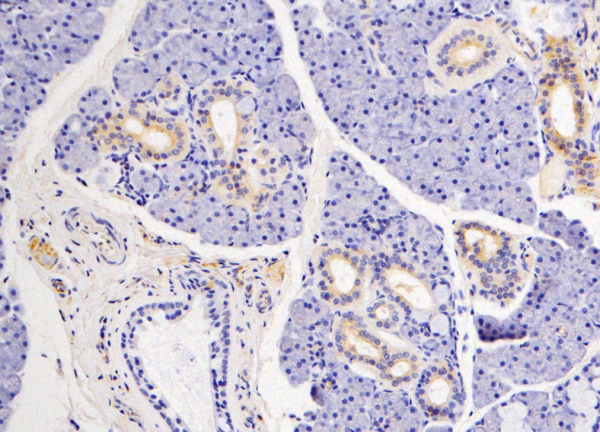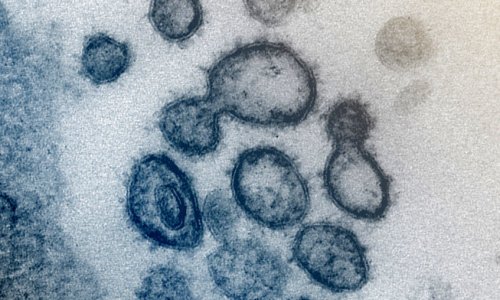dormant viruses
Researchers Find Herpes Strain in the Nervous System
There are a couple strains of herpes so common that researchers estimate 90% of the human population have them. These strains, human herpes 6 and human herpes 7, usually do not cause severe symptoms when people acquire them. But researchers know that under certain circumstances, dormant herpes viruses in the body can unexpectedly come roaring back and cause complications not typically associated with herpes virus.


Dr. Serge Barcy studies herpes viruses at Seattle Children’s Research Institute. In a paper published in the journal Virology he describes finding the herpes 7 virus hiding in a surprising place: the nervous system of an animal model. “It’s common to find herpes virus in salivary glands of humans and animals,” Barcy said. “But we found herpes 7 in the nervous system of animal models, which was a surprise because that strain of herpes has not been detected in the nervous system before. We want to understand what it does in the nervous system, if the virus is also in the human nervous system and if it could be associated with nerve diseases.”
Dormant viruses can ramp up again
When a person acquires a herpes virus, the body initially mounts a response. However, some of the virus stays in the body and lies dormant. “In a healthy child who gets chicken pox, a virus from the herpes family, the body fights the virus and the child gets better,” Barcy said. “But dormant chicken pox virus remains in the body, and later in life something can trigger it and the person can develop shingles.”
Researchers know when a person needs a bone marrow transplant, one potential dangerous side effect is encephalitis, or inflammation of the brain. When doctors test patients who develop encephalitis after bone marrow transplants, they often find that herpes 6b, a common herpes strain similar to herpes 7, has reactivated in the patient’s body and is causing the encephalitis. “It’s a classic case where a person has been infected with a common, benign herpes strain and never had trouble with it before,” Barcy said. “But then the person needs a bone marrow transplant for another medical condition, like leukemia. All of a sudden there is a risk that the herpes will reactivate after the bone marrow transplant and cause encephalitis.”
Barcy says more research is needed to determine if and how herpes 7 can cause damage when reactivated. But researchers have found it to be a recurring theme in herpes viruses: Under normal circumstances most herpes viruses are benign, but if a person’s immune system become vulnerable, the herpes viruses can create a deadly problem.
Understanding effects on nervous system
Barcy’s next step is to understand what the herpes 7 virus could be doing in the nervous system. He wants to study if herpes 7 may interfere with myelin, a substance that surrounds and protects nerve cells.
Other viruses have been known to trigger nerve diseases by interfering with myelin. Zika virus has been associated with Guillain-Barre Syndrome, in which the body’s immune system attacks part of the nervous system, decreases myelin and can lead to paralysis. “More and more evidence is building that herpes viruses may use the nervous system as a highway to spread and could be interfering with normal nerve function under certain circumstances,” Barcy said. “Our next step in the research is to investigate this possible link.”
Source: Seattle Children's Hospital
05.09.2016











